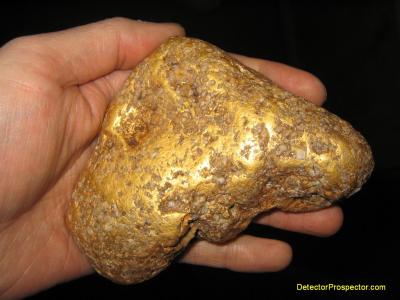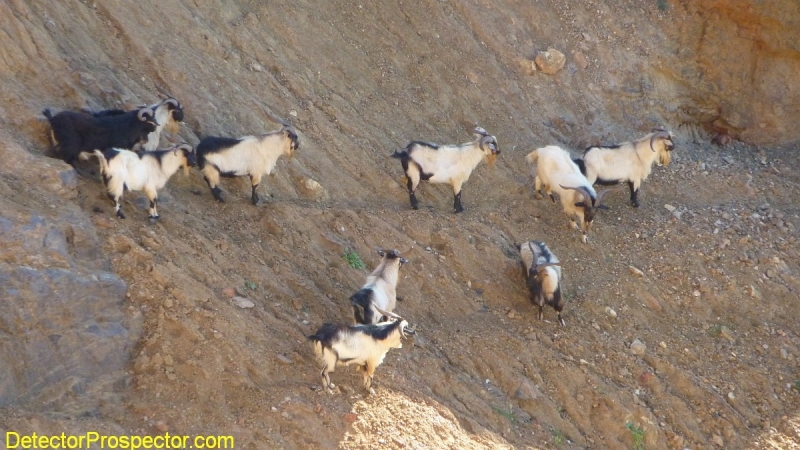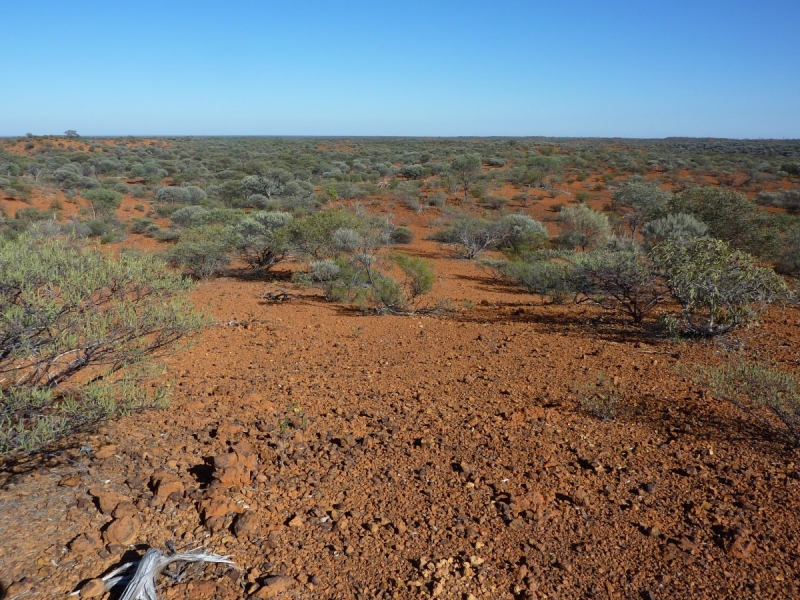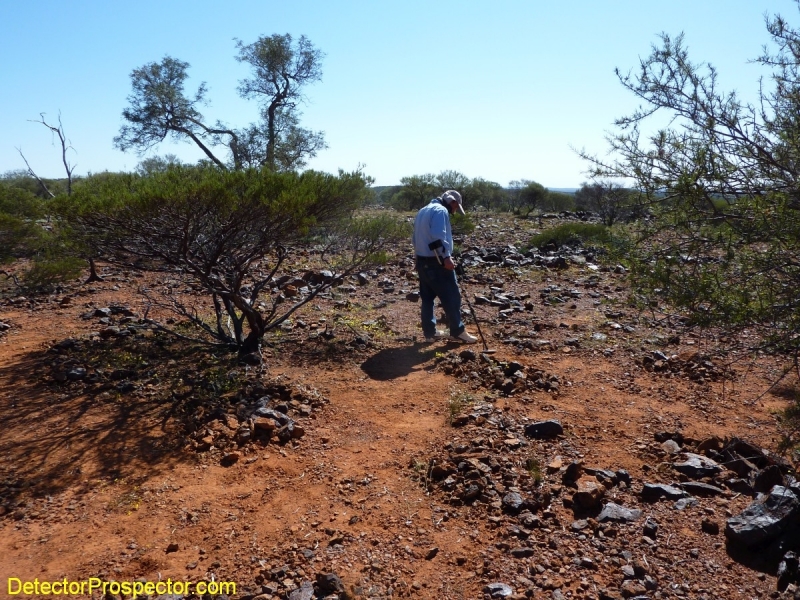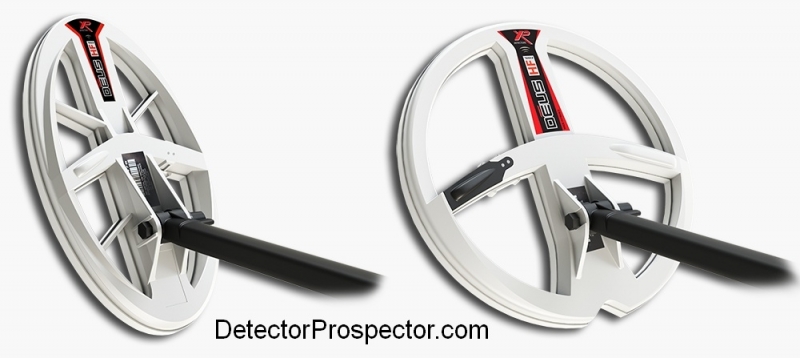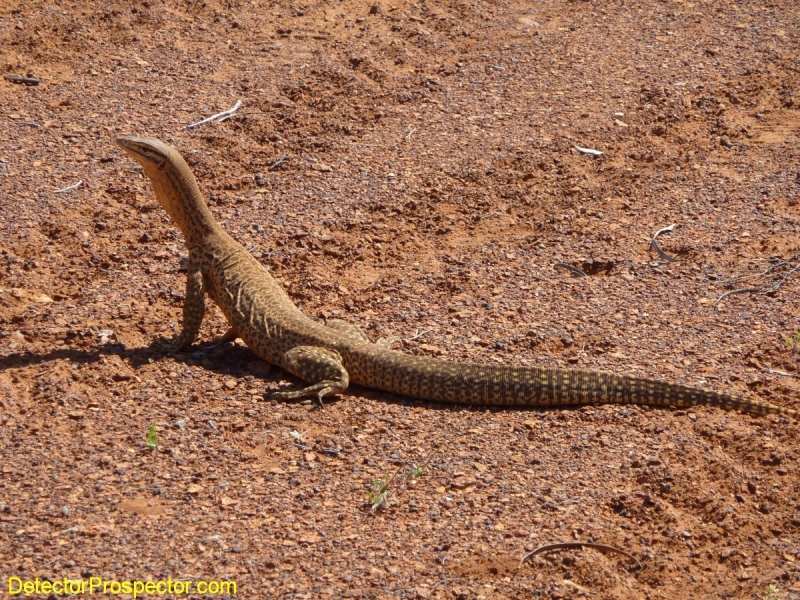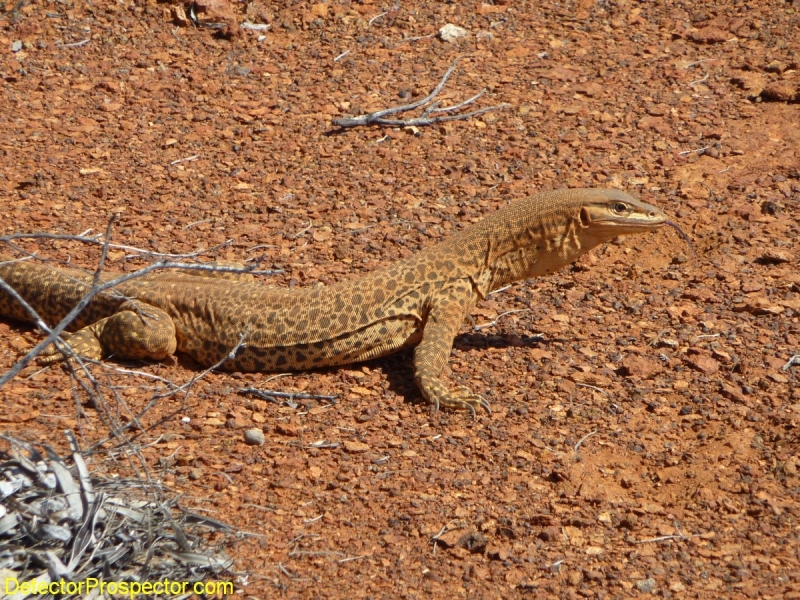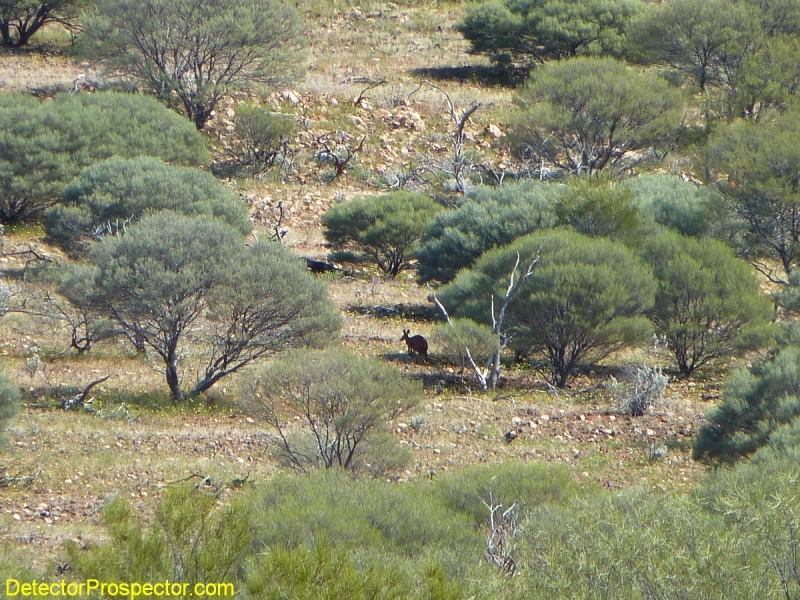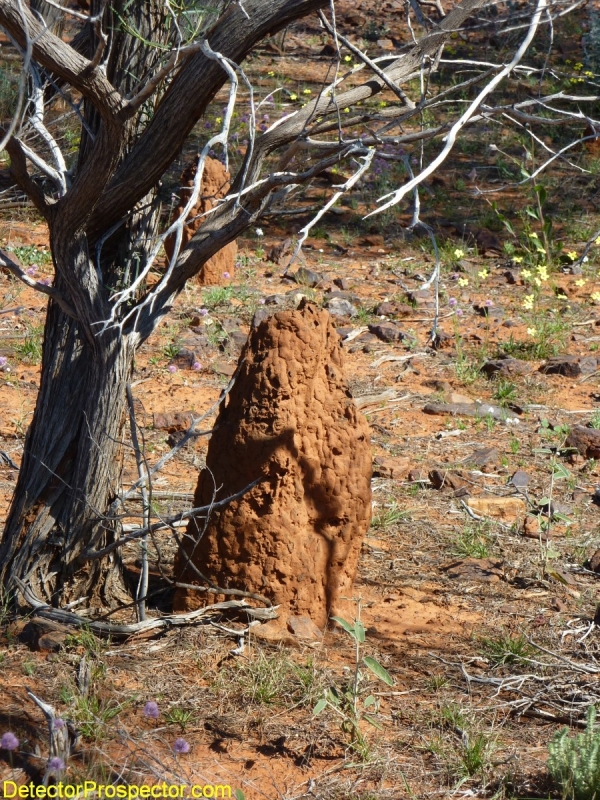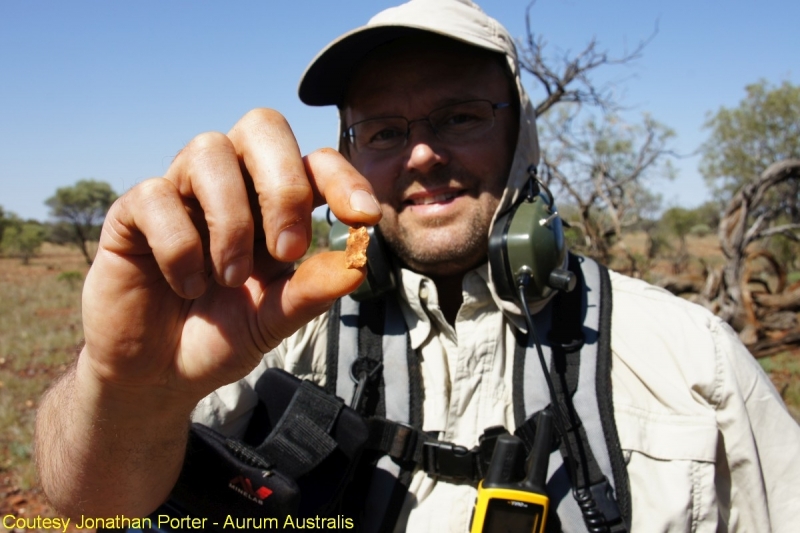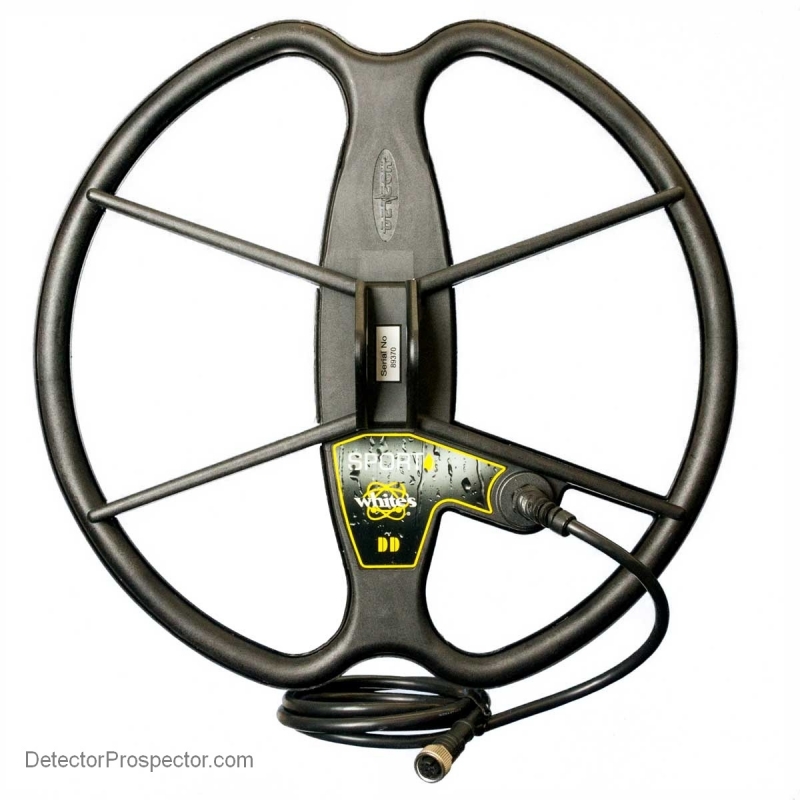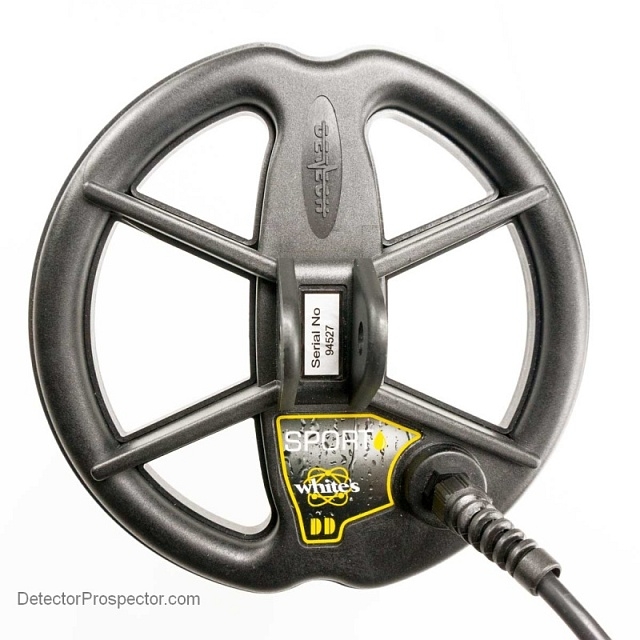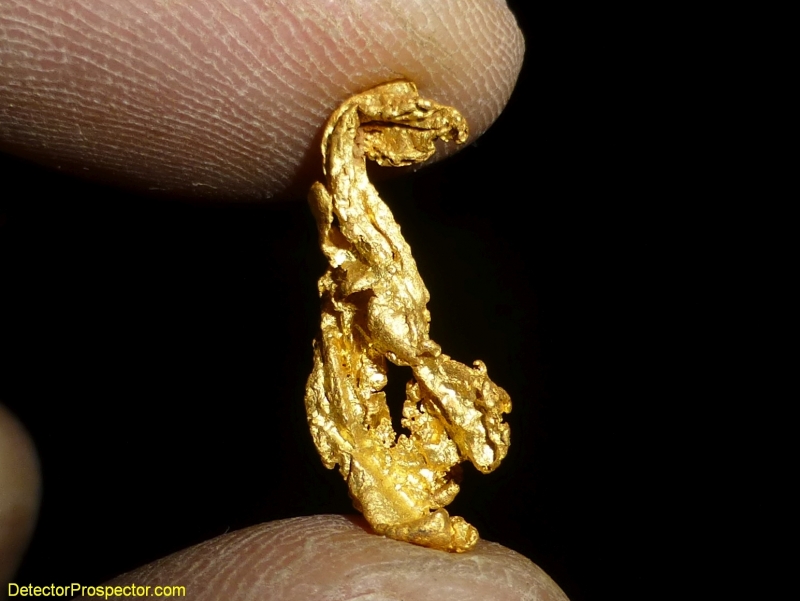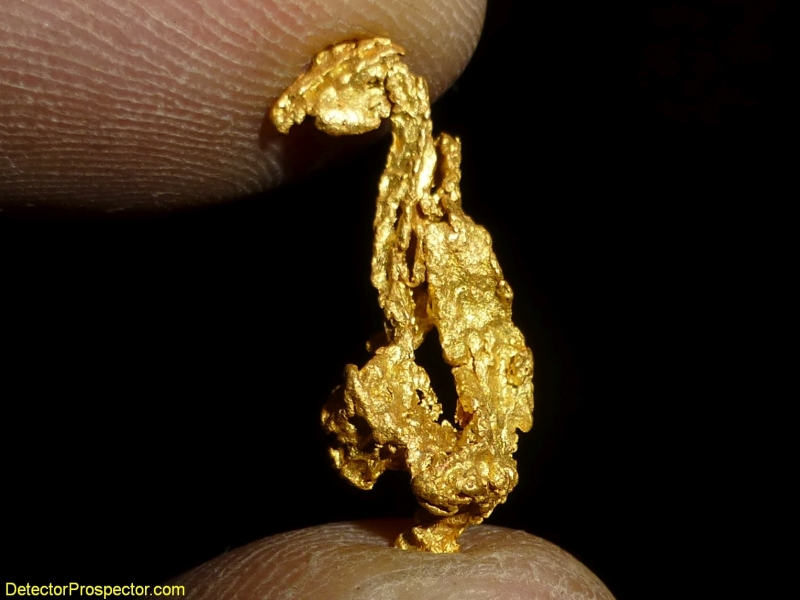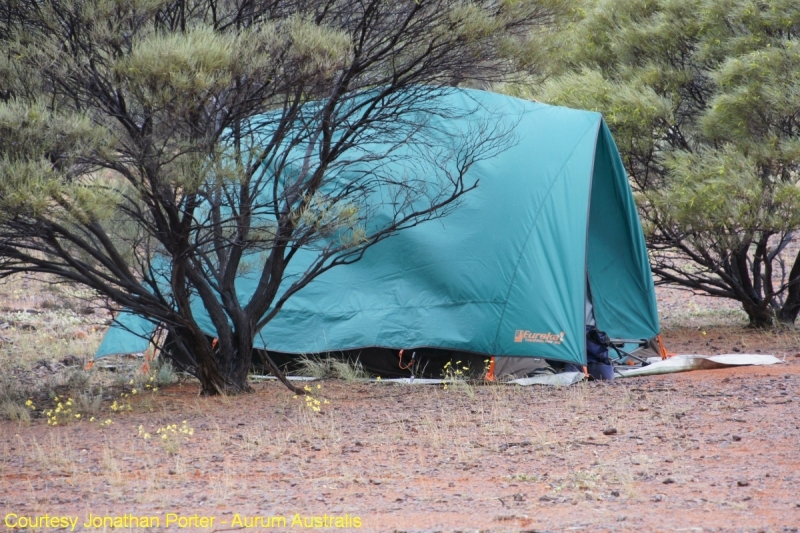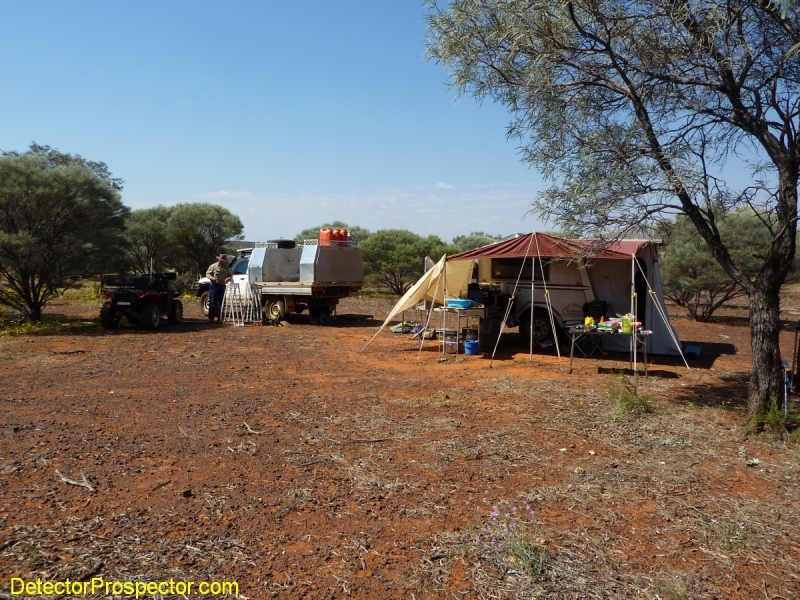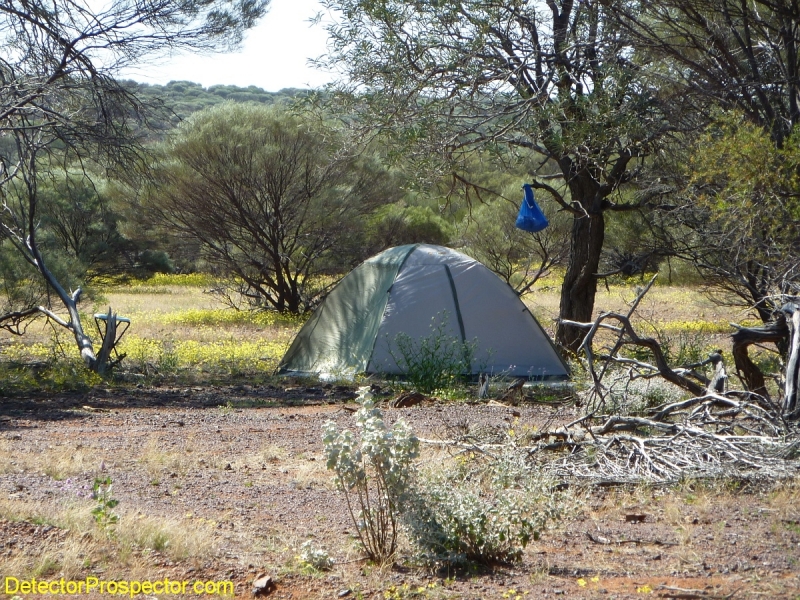-
Posts
19,794 -
Joined
Content Type
Forums
Detector Prospector Home
Detector Database
Downloads
Everything posted by Steve Herschbach
-
Steve was good enough to bring the "Heart of Gold" by the shop. I got to hold that monster chunk of gold and take this photo. Be sure to click on the photo for the big picture! An Amazing Find!
-
I think some people will like having some brighter color options... https://www.whiteselectronics.com/product/bullseye-trx-pinpointer-color/ White's is thinking of all you that already own a TRX. You can get replacement color shells at https://www.whiteselectronics.com/product/trx-replacement-shell-color/
-

Apprehensive About Digging
Steve Herschbach replied to usaflaginmaine's topic in Metal Detecting For Coins & Relics
People have been digging in parks for over 50 years now, and the parks are no worse for wear. Golf courses patch areas with plugs and what you do is similar. Main things are 1. Try to detect when nobody is around 2. Always use a pin pointer 3. Always use a drop cloth (small towel). 4. Avoid digging when turf is bone dry if at all possible. The drop cloth gathers any dirt you excavate to make sure every last bit goes back in the hole. Tesoro has an excellent booklet, Metal Detector Information at http://www.tesoro.com/product/catalog/MDI22.pdf It shows two common methods of retrieval. I use a screwdriver to pop shallow targets normally, and the "trap door method for the deeper stuff. Use the drop cloth with the trap door method. If done properly your holes will be invisible to anyone not specifically looking to see them. From page 50 of the above referenced booklet: -
The question was how much would I pay for such a beast? If it does not equal or exceed a GPZ or GPX for raw depth then it fails the "One Detector - One Setting - One Pass - Gold Gone" concept. You would still have to go back over the ground with a GPZ afterwards, so why not just start with the GPZ or GPX and dig everything like I am doing now? Unless trash is the issue. In which case this just replaces my VLF as a better VLF? Looked at another way you say better performance than an SDC plus discrimination? So not as deep as a GPZ or GPX but outperforms the SDC plus adds discrimination? That being the parameters, it is a better machine than the SDC but does not replace a GPZ. I would price it at $5K in the current scheme of things.
-
Great story Norm. I have found myself on a couple cliff faces where I scared myself silly. Going up is not so bad but I hate going down. I will leave that sort of thing for people who handle heights better than I from now on. I am glad your climb ended safely!
-
First Texas (Bounty Hunter, Fisher, Teknetics) has filed suit in California Central District Court against Deteknix for copyright infringement. The basic claim from here 20. First Texas engineers have investigated the Deteknix Quest and the software contained thereon. Based on their investigation, and on information and belief, the Deteknix Quest contains software that is substantially similar to, and copies copyrightable aspects of, the T2 Software both in whole and in part. 21. On information and belief, Deteknix accessed First Texas’s T2 Software and copied it off a commercial T2 product. On information and belief, Deteknix used nitric acid and/or certain other techniques to defeat First Texas’s access protection and copy the T2 Software off a commercial T2 product. This is of course a court filing, not a statement of fact - it is up to the court to decide and issue a ruling. Case progress at https://www.pacermonitor.com/public/case/19024985/First_Texas_Products,_LLC,_et_al_v_Deteknix,_Inc_et_al
-

XP DEUS Goes High Frequency?
Steve Herschbach replied to Steve Herschbach's topic in XP Metal Detectors
I will bet they would be just the ticket for finding gold nuggets in Ireland! -

Steve's 2011 Australia Gold Adventure
Steve Herschbach replied to Steve Herschbach's topic in Detector Prospector Forum
Thanks Norvic. I started my Steve's Mining Journal over 20 years ago with the express purpose of trying to show realistically the results one person might attain prospecting. It also serves a real purpose for me personally, in that I am the sort of person who has no rear view mirror. I am always looking to the future and rarely think about the past, and unfortunately that means my memory of the past is not the greatest. Keeping a journal and taking lots of photos is something I strongly encourage everyone to do. These really are memories of a lifetime, and letting them fade and be forgotten would be a shame. Hopefully by providing lots of extra details I am also helping others who may be planning similar adventures, both with their own planning but also in setting realistic expectations. -

Threshold Dead On Gold Racer
Steve Herschbach replied to usaflaginmaine's topic in Nokta / Makro Metal Detectors
It is probably not the coil but if possible it is always something to try as coils fail far more than control boxes. These new detectors also sense the coils and that adds another thing to the equation that can go wrong as regards coils. She will probably see this thread but it is always worth contacting Dilek Gonulay directly at dilek@noktadetectors.com (Makro and Nokta are sister companies so she works for both). -

Threshold Dead On Gold Racer
Steve Herschbach replied to usaflaginmaine's topic in Nokta / Makro Metal Detectors
When I troubleshoot a detector I look mainly at two things. Put new batteries in it and try with a different coil. If it is not batteries or coil it is control box, and time to contact the dealer who you got it from. A good dealer will run interference for you. Or if they are the other kind of dealer they will tell you not their problem, and that you should contact the distributor/manufacturer. Sorry to hear about the problem and I hope it gets resolved for you quickly. -

Steve's 2011 Australia Gold Adventure
Steve Herschbach replied to Steve Herschbach's topic in Detector Prospector Forum
Wild Goats Seen In Old Mining Pit I have a tendency when detecting to want to "go big". My thought process on this adventure was that we were going to be spending a lot of time on known patches. That is great as it is almost a promise of gold. However, I was very doubtful that multi-ounce nuggets would be found in ground that has seen a lot of searchcoils. The reality unfortunately is the big ones are usually easy to find. You rarely need a super detector, you just need to be first over the nugget with your coil. That being the case, I made time almost every day to wander off on my own. If JP took us to a new location, I would hit it quickly in a cherry picking fashion. After about an hour though I would just wander off in a large loop intended to eventually bring me back to our location for lunch with Chris and JP. We would compare notes, and depending on what happened in the morning, an afternoon game plan developed. I very often would wander off on another walk about. My Rino GPS was a huge aid in doing this. The terrain was often hilly with scattered bushes that made it easy to get turned around when detecting for hours without paying diligent attention to my whereabouts. On at least one occasion I found myself looking at the GPS and not believing that it insisted I was heading in exactly the opposite direction than I thought I was. Lots Of Country To Get Lost In! My goal was to find some small patch or large nugget off the main diggings. It also just love wandering and exploring and so this type of detecting works for me whether I find gold or not. I always made sure to hit the main area again at the end of the day which usually meant gold found on most days. This go for the proven locations but also try new locations strategy was also something we worked into our overall game plan for the trip. Jonathan's friends had arranged access to a private lease that had seen few if any detectors, and which had at least some decent geology going for it. The idea was to spend so time exploring this relatively unexplored area in hope of making the big find. From my notes: Sat Sep 03 - I got skunked but JP finds his first gold with Gold Bug 2. Decides he likes the little beast. Sun Sep 04 - Australian Father's Day. I find only gold of day, 1.1 grams. Mon Sep 05 - Hit hilltop scrapings with Gold Bug 2, Gold Bug Pro, and Minelabs. Get four small nuggets. Quit early and head for Meekathrra for supplies, then meet new crew at camp at end of day. Chris Ralph Using Gold Bug 2. Note Surface Rubble Pushed Into Piles And Rows. Tue Sep 06 - Drive to lease location and set new camp. We now had a few ATVs at our disposal as the amount of area to explore was very large. One ATV was outfitted with a drag coil for really covering some area looking for new patches. The rest of us scouted around in pairs on other ATVs looking for likely locations to hunt. The results.... Wed Sep 07 - No gold. Thu Sep 08 - No gold. Our hosts really wanted to keep the entire crew on task but at this point Chris and I were ready to move on. Our time was limited and this big gamble was not paying off. Nobody was finding anything at all, and after seeing the geology a couple days Chris was pretty doubtful of the potential. We made our apologies and offered thanks for the opportunity, but with not one nugget found by several teams so far it was not looking good. If even a single nugget had been found we would have stayed on. JP knew a spot he had always wanted to try but had not, another blue sky idea. We headed there. Fri Sep 09 - No gold. Sat Sep 10 - No gold. But JP finds spiny anteater! Five days no gold, with Chris and I feeling the days slipping by. The decision was made to spend the remainder of the trip back on the known patches eking out what gold we could in the time we had left. No regrets however as you have to constantly be doing some of this blue sky prospecting if you have hopes of finding that patch of gold that still lurks out there somewhere, undiscovered. Big Find Of The Week - Spiny Anteater -
Wow, I think that is an extremely impressive find! People find gold all the time in some locations but the number of people finding a gold nugget in Ireland with a metal detector has got to be a very small and exclusive club. And some real size to it also - Congratulations!!!
-
"A police station in Melbourne's east has been forced into lockdown after a couple brought in a 19th century cannonball they discovered buried on a beach. Fairlie Pirouc, from Croydon, was trying out a metal detector she bought for $75 from a community noticeboard when she unearthed the 3-kilogram missile at Mornington on Tuesday." Full story at http://www.abc.net.au/news/2016-09-23/cannonball-found-on-beach-sends-police-station-into-lockdown/7873456
-

XP DEUS V4 New Accessories Announcement
Steve Herschbach replied to Ringmoney's topic in XP Metal Detectors
Some tidbits from Andy at Link deleted since Findmall Forum update broke all old links indicating V4 and accessories were basically ready to release but got held up by a last second bug. That being the case some extra field testing/debugging was decided to be appropriate, no doubt with an eye to other less than perfect product releases recently. Andy thinks maybe December for availability. -

Detech 13" Ultimate Coil For White's MX Sport
Steve Herschbach replied to Steve Herschbach's topic in White's Metal Detectors
Technically neither type is clearly superior but both excel in certain areas. In a nutshell DD coils tend to do better in bad ground but concentrics are often superior in lower mineral ground. They may offer better depth if operated properly in low mineral ground and better target id accuracy. Details from Dave Johnson: Searchcoil Field Shape - DD vs Concentric and more from Dave All About Searchcoils Prospectors tend to always think DD coils are better on VLF detectors but as I point out periodically the Gold Bug 2 only has concentric coils available and nobody would argue it can't find gold. People often think DD coils are better because they feature this magic vertical edged detection pattern that shoots straight down whereas a concentric coil supposedly has a cone shaped field. Neither is true as simple tests can prove. The detection pattern on a round concentric coil on coin size targets is more like a soccer ball cut in half, and the DD coil is more like a U.S. football cut in half lengthwise. -

XP DEUS Goes High Frequency?
Steve Herschbach replied to Steve Herschbach's topic in XP Metal Detectors
I am a bit surprised at the number of people who think the new coils will be of no interest to coin hunters. According to Andy the new frequencies using the new coils are 14.5 kHz, 29 kHz, and 53 kHz. At 14.5 kHz you still have an excellent general purpose frequency. Examples: Garrett AT Pro 15 kHz White's MXT 14 kHz Fisher F75 13 kHz One way to look at it is that 14.5 kHz is a great compromise between the 12 kHz and 18 kHz frequencies that most people use when they run a DEUS. The real key will be which frequency is the primary frequency - the other frequencies are harmonics and do not make as efficient use of the coil as the primary frequency. If they really are doing all they can to make this a nugget detecting option for Africa then the coil will be optimized at 53 kHz (or 55 khz). It could just as well be one if the other frequencies though. Regardless, I think fears that the new coils may not be all that great for coin detecting are unfounded. In fact, at 5.5" x 9" the new elliptical should be better at sniffing out coins in trash than the current smallest 9" coil option. No matter what the number of targets under the coil is a main factor when it comes to target id accuracy and the new elliptical coil covers almost half as much ground area as the 9" round coil. I think people are in for a pleasant surprise when it comes to coin detecting. -

Steve's 2011 Australia Gold Adventure
Steve Herschbach replied to Steve Herschbach's topic in Detector Prospector Forum
Australia was suffering from a years long drought while we visited, but there had been some rain before we arrived and the desert was in full bloom. Still, JP told us wildlife populations were decimated by the drought, and so Australia tourist items like the kangaroo were actually very rare sightings. Not good news for a camera guy like me. However, we did run into an Argus monitor, more commonly called the yellow-spotted monitor. This could also be a sand monitor - I am not a lizard expert. Male specimens of this lizard species can grow up to five feet long! There are 25 species of monitors found in Australia that as a whole are locally called goannas. This one was only a couple feet long but was kind enough to pose for photos before taking off like a rocket. Those things can move! I did see a few kangaroos on the trip, but it was usually just a glimpse as they disappeared into the bush. Here is the only photo I managed to get of one from across the valley.... A very common sight in Australia is the termite mound, an amazing structure that can reach considerable size, though all the ones I saw were just a couple feet tall. Here is the first week of my notes. You can see we wasted as little time as possible but still lost a small chunk of time just in travel and logistics. From my notes: Wed Aug 24, 2011 - Leave Anchorage in morning for Seattle. meet Chris in Los Angeles. Fly all night to Melbourne, then on to Perth. Meet JP and his friends (not mentioning names in case they do not want to be named). Check into hotel - no shampoo or hair dryer but they give you a small container of milk. Day lost in flight, now Friday. Sat Aug 27 - Go shopping (sticker shock!) and then do meet and greet and Reed's. More shopping and get loaded up, then dinner with JP's friends. Sun Aug 28 - Drive 400 miles west, set camp in dark. Mon Aug 29 - Refine camp, get detectors together, start detecting. I go 30 feet, find first nugget! Total for day 1.8 grams. Tue Aug 30 - Hunt old patch downhill of large quartz reef. Wander all over, see kangaroo and lizard. Weather 50s at night, 80s by day. Wed Aug 31 - Hunt banded iron reef, got three nuggets, one weighs 2.3 grams. Thu Sep 01 - Hunt flats, get 4.9 gram nugget, 5.9 grams total for day. Fri Sep 02 - We play with Gold Bug 2 on granite exposure, get tiny bits. Big rain storm chases us back to camp, passes quickly. Here is a photo of that 4.9 gram nugget found on Sept 1, 2011... Steve Finds 4.9 Gram Nugget - Photo courtesy Jonathan Porter of Aurum Australis -

Detech 13" Ultimate Coil For White's MX Sport
Steve Herschbach replied to Steve Herschbach's topic in White's Metal Detectors
Chuck, you would be surprised at how many detectorists of all sorts including coin hunters think concentric coils have no place in detecting. DD all the way for them, and demand for concentric coils is very low because of it. I think if you polled around on the coin hunting forums you would find most coin hunters run DD coils, and in fact concentric coils are not even an option for many of the top coin detectors on the market. I am with you - I prefer concentric coils. I also understand however they are a hard sell for manufacturers so I would not hold my breath on this one. -
The DeTech 13" Ultimate is one of the nicer coils I have ever used, very light in weight for its size, and very good performance. White's now has a version available on their website at https://www.whiteselectronics.com/product/13-detech-ultimate-mx-sport-coil/ Part number 801-3263 $179.95 includes coil cover. This joins the 7" round DD coil made by DeTech that White's recently released for the MX Sport https://www.whiteselectronics.com/product/7-detech-mx-sport-coil/ Part number 801-3262 $149.95 includes coil cover.
-
All rocks and soil are is broken down bedrock, and so detectors work as well in bedrock as soil. They may work better or worse depending on the type of rock, and this is generally determined by the magnetic mineral content of the rock. In very rare cases the rock may have conductive content (graphite for example) that can also present difficulties. More common are rocks with so little magnetic content they are quite invisible to the detector. Sedimentary rocks are usually the mildest, with igneous and metamorphic rocks more mineralized. Prospectors by nature frequent more mineralized ground and see more of that type ground than would be normal. Detectors have been used with success in hardrock mines to "see" into the solid rock and reveal hidden deposits overlooked by previous miners.
-

Steve's 2011 Australia Gold Adventure
Steve Herschbach replied to Steve Herschbach's topic in Detector Prospector Forum
We visited a small wash where JP had found gold in the past. I ended up finding one of my favorite Australian nuggets at that location, a very delicate gold specimen I dubbed the "Dragon Nugget". The nugget weighs 1.45 grams and here it is cleaned up.... -

Steve's 2011 Australia Gold Adventure
Steve Herschbach replied to Steve Herschbach's topic in Detector Prospector Forum
Chris and I knew we would be tent camping our entire trip in Australia. Since we had no detectors to take room in our luggage Chris just went ahead and packed a tent he already had. I did not have any small tents at the time, so not knowing just how expensive things were in Australia I figured I would buy one on arrival for use on the trip, and then haul it back home. We did our shopping in Perth at a sporting goods store. I made a big deal to Chris about how I wanted to have a tent I could stand up in since I would be living in it for a month. There was a nice looking tent set up in the store, and a bunch more were stacked up inside it. I grabbed one and off we went. It turns out the store had stacked a pile of small pup tents inside the larger tent I thought I was buying. The small packed size should have been a clue, but the high price seemed right for what I thought I was buying. In the end my little tent ended up being smaller than the one Chris had packed! Your basic crawl in and out backpacker tent but after I got over the initial surprise it worked out just fine. It did eventually make the trip home with me. The camp revolved around JP's fantastic custom truck and trailer combination. The truck features ATV space in the middle, a design I had not seen before that allows easy drive on and off ATV stowage. The trailer has an easy rear flip up access for sleeping and well thought out kitchen facilities that pull out of the side. There was a separate pop up field shower. All fine tuned by years of prospecting experience with everything a person might need in the field. We pooled our money for food for all. JP offered to be camp cook for the trip, with Chris and I alternating on cleanup duty. JP is a great cook and camp entertainer and the three of us proved to be good camp mates. Jonathan's Truck & Trailer Chris' Tent - Photo courtesy Jonathan Porter of Aurum Australis And My Little Home Away From Home At other times of the year this may have been uncomfortable but the weather was very pleasant, with daytime highs in the 80F range and nighttime lows in the 60F range. Great for sleeping! -
Nice chunky gold there Paul, and sounds like the klunker we all know. Looks like Norm owes me a root beer!

